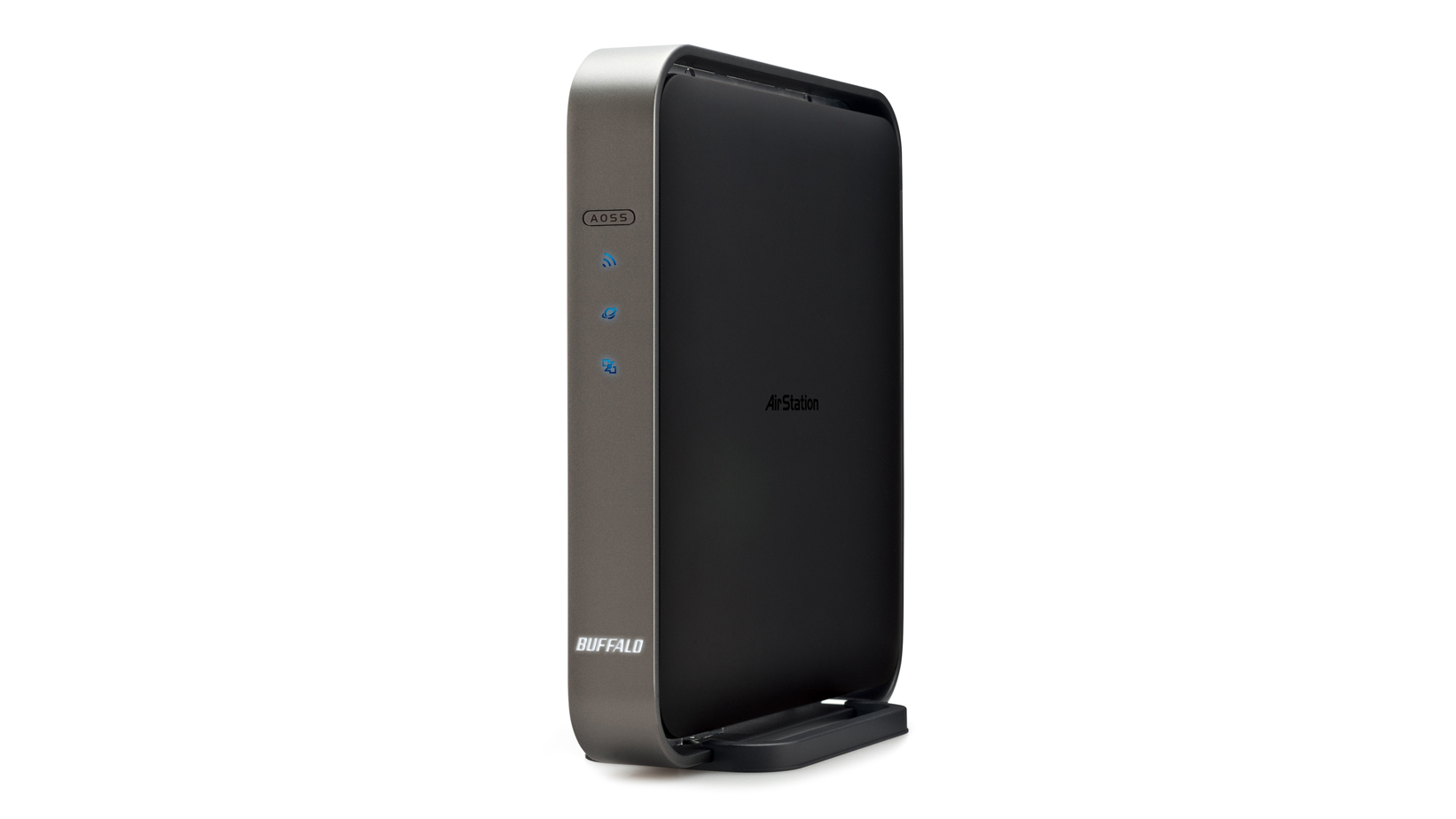TechRadar Verdict
Pros
- +
802.11ac support
- +
2.4GHz and 5GHZ support
- +
3x3 antenna
- +
4x Gigabit LAN ports
- +
WAN port
Cons
- -
802.11ac Draft 2
- -
Outperformed by other routers
- -
Poor 5GHz performance
- -
FAT32 only NAS support
Why you can trust TechRadar
Take three wireless standards into the office? Actually yes, with the Buffalo AirStation 1750 Gigabit Dual Band Router, aka the Buffalo WZR-H1800R, we do. It seems you wait for an incremental improvement to an IEEE wireless standard and then three come along at once... sort of.
It feels as if the world has been stuck with 300Mbps 2.4GHz 802.11n networking for an age, and despite the original specification for 802.11n detailing 5GHz and 4x4 antenna, it's only now that we're seeing these deployed. But just as we get those two innovations, bang, a whole new specification is dropped on us by the networking gods.
Enter 802.11ac, which is most simply described as 802.11n 5GHz networking on enough steroids to jack a tortoise up to Usain Bolt speeds. Less hyperbolically, it's 5GHz 802.11n running over a 3x3 antenna array, so delivering three 433Mbps spatial streams with 80MHz channels, combining for a maximum of 1.3Gbps throughput.
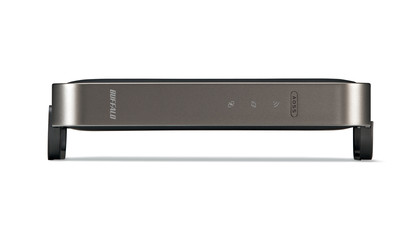
That contrasts with the existing best that 802.11n can muster of three 150Mbps streams with 40MHz channels combining for a maximum 450Mbps.
Buffalo is one of the first to market with its own offering with this Buffalo AirStation 1750, providing simultaneous 2.4GHz 450Mbps 802.11n, 5GHz 450Mbps 802.11n and 5GHz 1.3Gbps 802.11ac all from the same router.
That contrasts with its AirStation 1300 Media Bridge http://www.techradrar.com/1093651, which offers either/or capabilities. These are currently based on the 802.11ac Draft 2, so there's no guarantee of forward compatibility or interoperability with other manufacturers' kit. Possible issues off the bat are options for five antenna, 160MHz channels and 80MHz channel bonding.
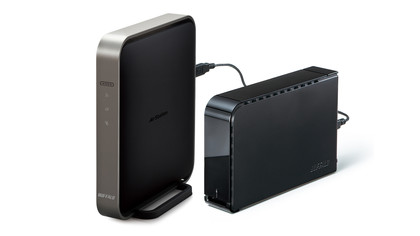
More perplexing is that no mini PCIe-compatible chipsets are expected until late into 2012, so don't expect any devices to take advantage of this at all. For testing we're using two routers, but if you fancy using a product that has an unratified standard and won't work directly with any products, hurrah, read on.
Specification
As you'd expect from long-term networking experts Buffalo, the AirStation 1750 doesn't fall short in terms of specification. As we've already mentioned, the highlight is support for 1,300Mbps wireless 802.11ac. Besides this is the still impressive 5GHz 802.11a/n 450Mbps support, and the yet still impressive 2.4GHz 802.11n 450Mbps capabilities.
All of these are over three antenna arrays, hence the full 450Mbps support, and the router can support all three modes at the same time.
For physical connections, you'll find the common gathering of four gigabit LAN ports, plus the accompanying additional DSL WAN port. Configurations for the DSL WAN are also comprehensive nearly to the point of confusion, but a good automatic configuration takes care of most situations.
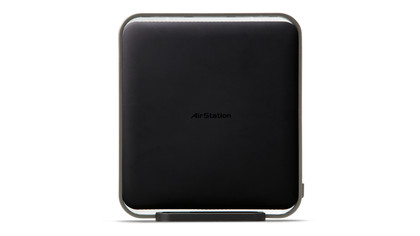
A USB port with accompanying hard eject button provides NAS and shared printer support. Annoyingly, only support for FAT 16/32 is offered alongside the obscure XFS, with a maximum of four partitions.
For media streaming, the FAT 32 and its 4GB file limit could easily be highly annoying, while XFS doesn't have direct Windows support. So a drive formatted on the NAS can't be plugged into a Windows PC to be read, apart from via a Linux system or Virtual PC.
We're always happy to see a real on/off button, and Buffalo provides its own AirStation One-touch Secure System (AOSS) button. This last feature supplants the standard WPS button, but only works with other Buffalo products. Apparently you can switch AOSS to WPS mode, but this isn't entirely obvious.
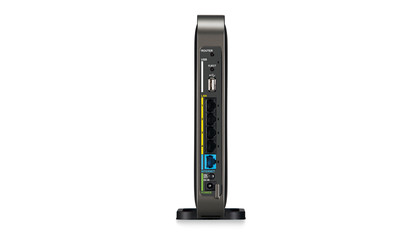
A final neat physical touch is a pull-out plastic insert that details the router's security settings. This helps you take those details to a remote system for ease of setting up, or leave it lying around so someone can jump on the router - either's a possibility.
The basic-looking web interface does nothing to hide the standard raft of features, options and extras that are built into the Buffalo AirStation 1750. This will likely be the main point of installation for people, which is a shame, since it's certainly not pretty or easy to navigate. Especially when put next to many other recent routers.
As you'd expect, VPN, Mac filter, DHCP control, Port forwarding and QoS are all offered. Oddly, only WPA1/2 passkey is supported, so there are no enterprise/RADIUS modes. Nor is there any guest-mode network access included. Buffalo likely considers these above and beyond its target market.
